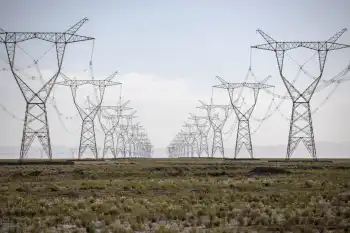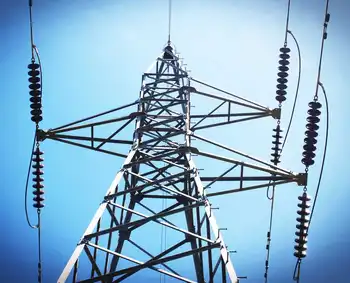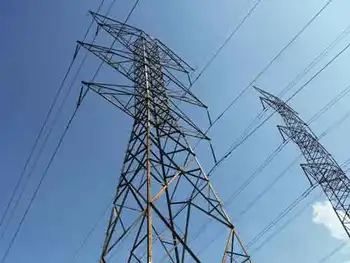ABB gets $550 million Irish grid contract
By Electricity Forum
Protective Relay Training - Basic
Our customized live online or in‑person group training can be delivered to your staff at your location.

- Live Online
- 12 hours Instructor-led
- Group Training Available
Eirgrid, the Irish transmission system operator, has ordered a 500-megawatt (MW) transmission system using HVDC Light (high-voltage direct current), an ABB technology with environmental benefits that include neutral electromagnetic fields, oil-free cables, low electrical losses, and compact converter stations. The solution also provides features such as ‘black start’ capability, a way of restoring power after a blackout without the aid of external energy sources.
“We are delighted to partner Eirgrid for this project,” said Peter Leupp, head of ABB’s Power Systems division. “ABB’s HVDC Light technology will enhance the stability of both the Irish and UK transmission grids, and also expand capacity for the use of renewable power.”
The transmission link will run underwater for 186 km and underground for 70 km, with minimal environmental impact. The only visible parts will be the converter stations at each end that switch AC (alternating current) to DC (direct current) and back. The cable will be encased in extruded polymeric insulation, providing strength and flexibility needed to endure the severe conditions of the Irish Sea.
Rated at 200 kV, this will be the highest voltage HVDC Light link using this type of cable. The higher voltage enables a transmission capacity of 500 MW, the highest ever for an HVDC Light underground cable. ABB will be responsible for system engineering, including design, supply and installation of the sea and land cables, and both converter stations. The system is scheduled to be operational in September 2012.
Ireland plans to expand wind power generation and this link, between North Dublin and Wales, will ensure that it is able to import power if needed when the wind isnÂ’t blowing, and to export power to the UK when it generates a surplus.











